Front-page article of the CNRS journal ... How to improve the attention of goalkeepers? Knowing how to look out of the corner of your eye can be crucial when you are a professional footballer and especially a goalkeeper! Thanks to a study conducted with the complicity of several of them, a cognitive science researcher has obtained promising results to improve peripheral vision Read the article [..]
All the news
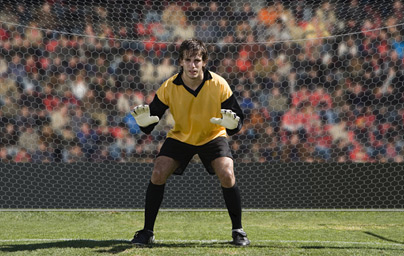
How to improve the attention of goalkeepers?
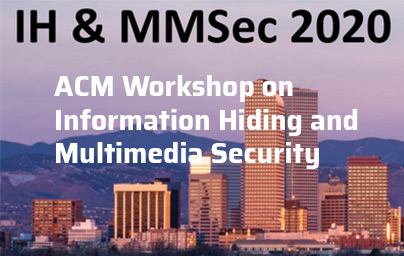
Best Student Paper Award in the Linkmedia Research Team
Congratulations to Benoit Bonnet (PhD student Université Rennes 1) fron LinkMedia research team who who received the Best Student Paper Award at the IHMMSEC 2020 conference for the paper : “ What if Adversarial Samples were Digital Images?” , Benoit Bonnet (PhD studentUniversité R ennes1), Teddy Furon (Inria researcher) both member of LinkMedia research team, Patrick Bas (CNRS researcher at Ecole [..]
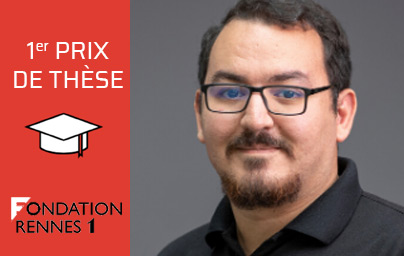
1st Thesis Prize Fondation Rennes 1 for Hakim Si-Mohammed
The Rennes 1 Foundation awarded, on Thursday July 2nd, its 2019 Thesis Prizes to 8 PhDs from the University of Rennes 1. Congratulations to Hakim Si-Mohammed who completed his thesis in the Hybrid research team. Thesis Director: Anatole Lécuyer Thesis abstract: Design of new interactive systems in which users manipulate real and virtual objects, thanks to Brain-Computer Interfaces that allow to [..]
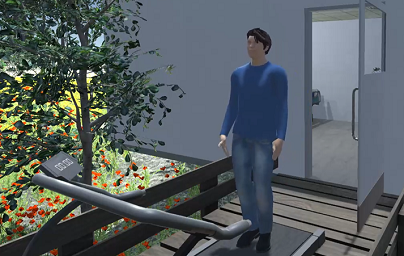
The virtual reality at the service of the rehabilitation of patients with Covid-19
What if virtual reality helped the rehabilitation of Covid-19 patients in resuscitation? Verare, a n innovative concept implemented in record time thanks to a close collaboration between the Hybrid research team and the teams from the intensive care and physical and rehabilitation medicine departments of Rennes University Hospital A few weeks before the health crisis, the Hybrid research team [..]
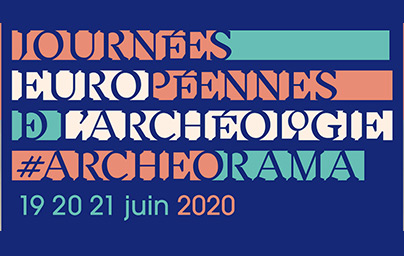
When IRISA combines the past with the future
As archaeological remains are fragile witnesses to be analyzed, interpreted, preserved and valorized, discover on the occasion of the European days of archaeology, the multiple innovative digital approaches in this field ... Valérie Gouranton (associate professor INSA) coordinator of the ANR-FRQSC INTROSPECT project and Ronan Gaugne (research engineer), members of the Hybrid research team. From [..]

When IRISA combines the past with the future
As archaeological remains are fragile witnesses to be analyzed, interpreted, preserved and valorized, discover on the occasion of the European days of archaeology, the multiple innovative digital approaches in this field ... Valérie Gouranton (associate professor INSA) coordinator of the ANR-FRQSC INTROSPECT project and Ronan Gaugne (research engineer), members of the Hybrid research team. From [..]
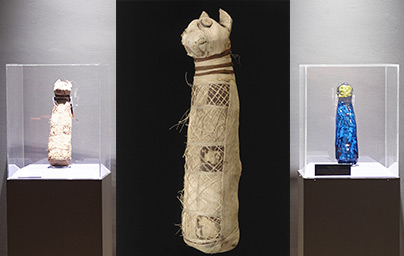
When science mixes with archaeology ...
In 2017, the Musée des Beaux-Arts de Rennes makes an astonishing discovery about its 2500-year-old Egyptian cat mummy, which has been carefully preserved in the collections since 1923. This discovery will fuel an international research collaboration, one of the results of which can be seen at the Museum of Fine Arts. A study conducted in Manchester on nearly 800 animal mummies from ancient Egypt [..]
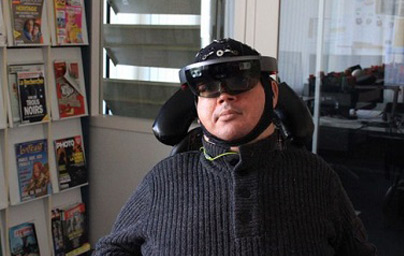
Piloting the house connected by the brain
Can we turn off the light or zap from one TV channel to another simply by brain activity? As part of its research platform on the connected home, Orange Labs is beginning to explore the potential of neural interfaces... Science fiction? Not quite anymore. When the brain makes a decision, neurons produce electrical impulses. An electroencephalographic headset can pick up these signals on the scalp [..]
